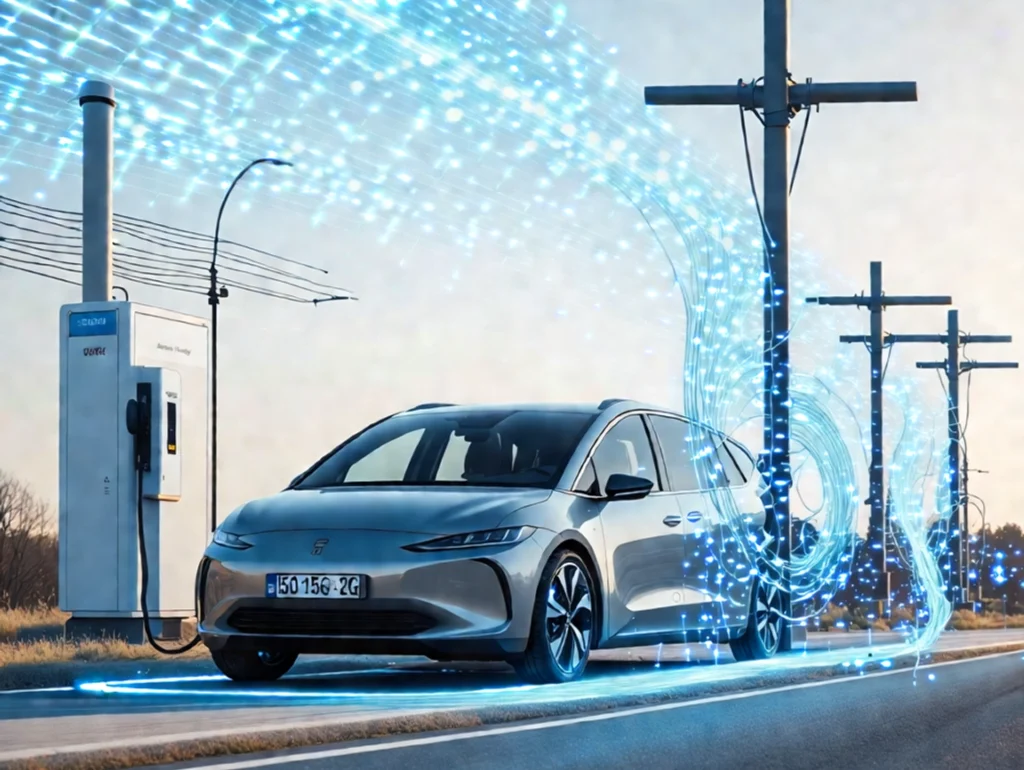
As the global transition to renewable energy and sustainable transport accelerates, integrating electric vehicles (EVs) into the energy grid is gaining significant attention. Central to this transformation are Vehicle-to-Grid (V2G) technology and the ISO 15118-20 standard. These elements together aim to revolutionize EV capabilities and reshape our approach to energy consumption and management.
Understanding V2G Technology
Vehicle-to-Grid (V2G) technology is a revolutionary concept that allows electric vehicles to not only draw energy from the grid but also return it. This bidirectional flow of electricity means that EVs can act as mobile energy storage units. When plugged in, they can discharge electricity back to the grid during peak demand periods or store excess energy during off-peak times.
The benefits of V2G are multifaceted:
- Grid Stability: By providing additional energy resources during peak times, V2G can help stabilize the grid, reducing the risk of blackouts and enhancing energy reliability.
- Renewable Energy Integration: V2G facilitates the integration of renewable energy sources like solar and wind, which are intermittent by nature. EVs can store excess energy produced during high output periods and release it when production is low.
- Economic Incentives: EV owners can potentially earn money by selling stored electricity back to the grid, creating a new revenue stream and offsetting some of the costs associated with owning an EV.
ISO 15118-20: A New Era of Communication Standards
ISO 15118 is a set of standards that governs the communication between electric vehicles and charging stations. The latest version, ISO 15118-20, introduces several enhancements that are crucial for the efficient implementation of V2G technology.
Key features of ISO 15118-20 include:
- Enhanced Communication Protocols: The standard provides robust communication methods that ensure secure and reliable data exchange between the EV and the charging station. This is vital for the implementation of V2G, where precise control of power flow is necessary.
- Plug & Charge: This feature simplifies the charging process by allowing automatic authentication and payment, removing the need for physical cards or apps. It enhances user convenience and encourages wider EV adoption.
- Wireless Charging Support: ISO 15118-20 includes provisions for wireless charging, paving the way for more flexible and user-friendly charging options in the future.
- Support for Bidirectional Energy Flow: Crucially for V2G, the standard supports bidirectional energy flow, enabling EVs to both draw from and supply power to the grid seamlessly.
The Road Ahead
The integration of V2G technology and the ISO 15118-20 standard marks a significant step forward in the evolution of electric vehicles and energy management. As these technologies mature, they hold the potential to transform our energy systems, making them more resilient, flexible, and sustainable.
For consumers, this means greater involvement in energy markets and the possibility of turning their EVs into active participants in the energy ecosystem. For the environment, it means enhanced adoption of renewable energy sources and a reduction in reliance on fossil fuels.
As we move into this new era of energy management, the synergy between V2G technology and ISO 15118-20 will be instrumental in shaping a sustainable future. Keep an eye on this space, as advancements continue to unfold, bringing us closer to a world where electric vehicles are not just modes of transport but integral components of the energy grid.